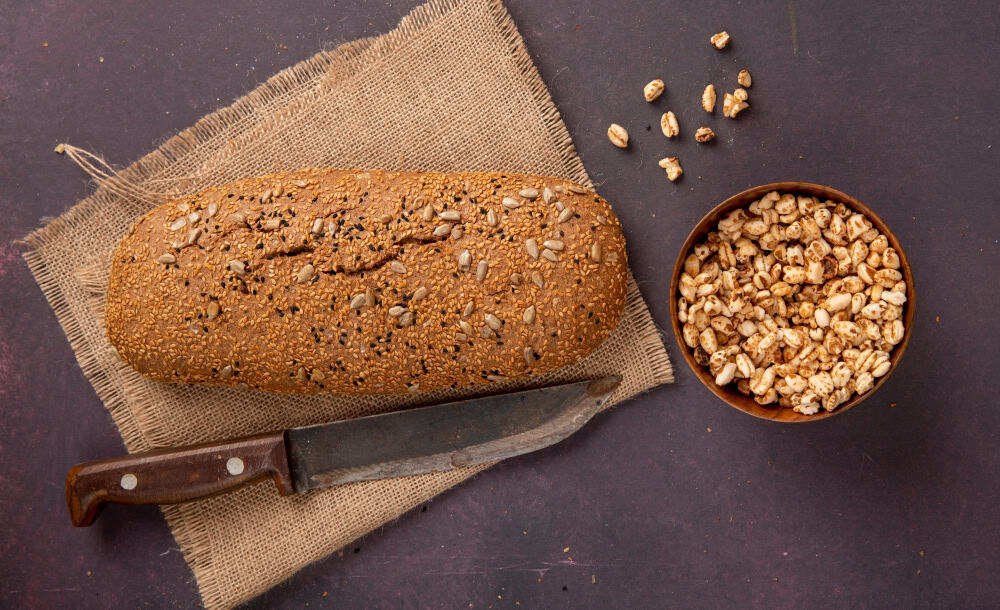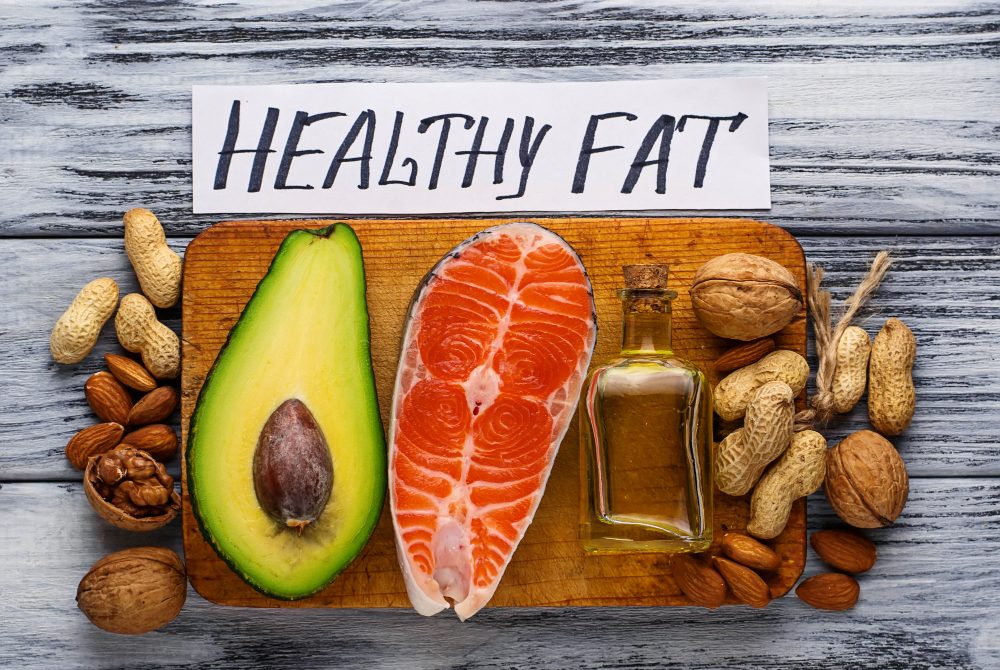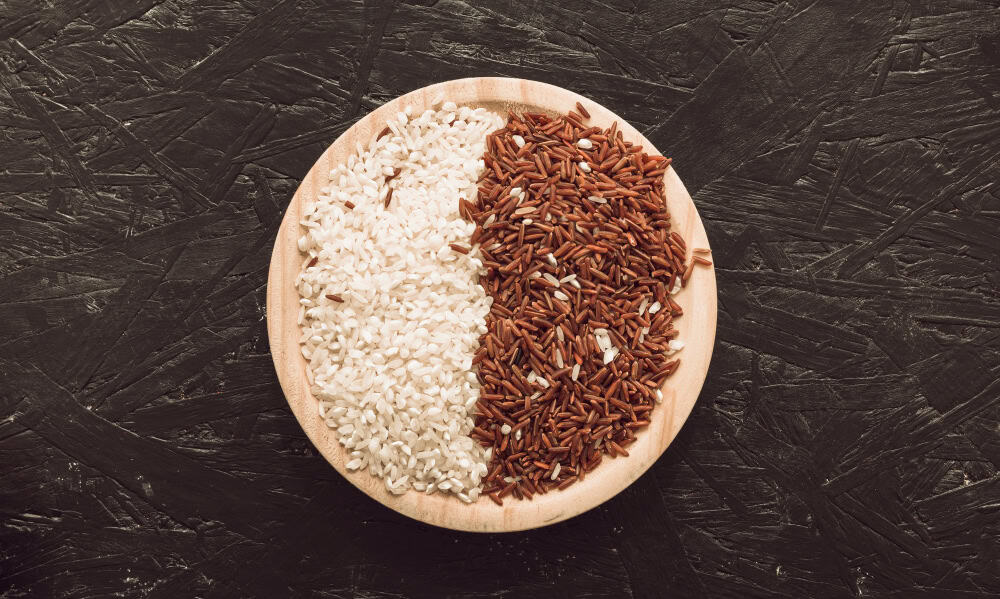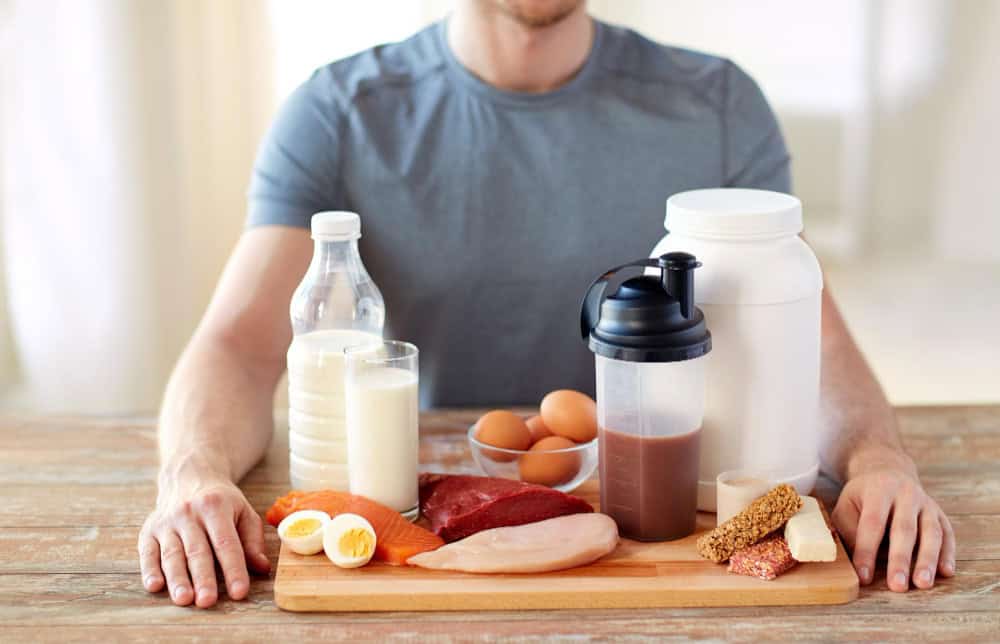
Managing diabetes is often seen as a lifelong list of restrictions – no sweets, no fun. But in reality, living with diabetes is not about giving up on the joy of eating or your favourite foods. What matters more is how, what, and when you eat. According to a study, India is home to approximately 101 million adults living with type 2 diabetes [1], and the numbers are still rising. This makes it even more important to focus on what is on our plate every day. So, instead of crash diets or skipping meals, let’s explore 5 smart and tasty food swaps for diabetes that are practical, satisfying, and truly beneficial for long-term blood sugar control.
Ready to get a tailored diabetes-friendly diet plan for your unique needs? Consult with a dietitian to create a personalized plan.
The Healthy Plate Method For People With Diabetes
 Keeping a complete track of what you eat in your day can be challenging at times. The Healthy Plate Method offers a practical solution by dividing your plate into sections to control portion sizes and ensure a varied mix of essential food groups, consisting of:
Keeping a complete track of what you eat in your day can be challenging at times. The Healthy Plate Method offers a practical solution by dividing your plate into sections to control portion sizes and ensure a varied mix of essential food groups, consisting of:
- ½ plate fiber
- ¼ plate protein
- ¼ plate carbohydrates
Making gradual food swaps for diabetes is one of the simplest and most sustainable ways to meet your nutritional goals through the healthy plate method—without feeling deprived.
Foods to Avoid in the Healthy Plate Method
Always avoid high-added-sugar foods such as:
– Sugary beverages (soft drinks, energy drinks, coffee drinks)
– Desserts
– Refined grains (pasta, bread, rice with less than two grams of fiber per serving)
5 Smart Food Swaps For Diabetes Management
1. Swap White Bread For Whole Grain or Multigrain Options

Carbohydrates are essential for everyone, including those with diabetes, as they serve as the primary fuel needed to navigate the day. Opt for whole-grain or multigrain bread instead of white bread, as this may help stabilise glucose levels and can improve satiety.
2. Opt For Good Fats Instead of Bad Ones

Not all fats affect blood sugar, but the type of fat you consume can influence heart health and insulin sensitivity. Dietary fat doesn’t raise blood glucose levels since it doesn’t convert to glucose during digestion. According to ICMR, for better management of diabetes, one should aim for 20 to 30% of healthy fats (nuts, seeds, and MUFA-rich oils like mustard, olive oil, etc.) in their daily life. [2]
Replace saturated and trans fats (found in fried foods, butter, pastries, etc.) with good or unsaturated fats to maintain better blood sugar control.

3. Opt For Healthier Cooking Methods

The way you cook your food can make a big difference. Replace frying with grilling, baking, steaming, or sauteing, which preserve nutrients and reduce excess fat.
Tip for diabetes-friendly cooking:
– Use nonstick sprays instead of butter or oil.
– Choose mustard or sunflower oil for healthier fats.
– Season with herbs and spices instead of extra ghee or salt.
This simple swap can not only lower the calorie intake but can also reduce post-meal blood sugar spikes.
4 Swap White Rice with Brown Rice or Millets

White rice is easy to digest but can cause sugar spikes in people with diabetes. Replace it with high-fibre alternatives like brown rice or millets (other options also include quinoa, ragi dosa, poha, or moong dal cheela). Include fresh fruits, vegetables, and whole grains, which are rich in fibre and generally have a lower glycaemic index (GI). These foods help regulate blood sugar, control appetite, and promote a feeling of fullness.
Stay informed of your blood sugar levels. Monitor them regularly.
Explore Blood Glucose Monitors Here
5. Swap Low-Quality Protein for Lean, High-Quality Protein

When it comes to food swaps for diabetes, choosing the right kind of protein is just as important as managing carbs and fats. Protein can help keep you full longer and support muscle repair – all of which can help with better blood sugar control. People with diabetes could be at a higher risk of losing muscle mass. Since protein is important for building muscles, adequate protein intake is required for effective diabetes management and body strength. Incorporate lean proteins like chicken, lentils, beans, tofu, or eggs into your meals, as they have lower saturated fat content and blend well with salads.
Take charge of your protein intake with specialized supplements! Discover a range of options.
| Protein-Rich Food for Non-Vegetarians | Protein-Rich Food For Vegetarians |
| Chicken
Eggs Fish like salmon, cod, tuna, Lean beef or pork cuts Cheese and cottage cheese, etc. |
Dairy products such as milk, paneer
Lentils such as brown, green, or yellow Veggies such as beans and peas Nuts and seeds Tofu, etc. |
Putting It All Together
Start by picking one or two changes – maybe switch white rice for brown or fried snacks for roasted ones – and build from there. Over time, these consistent food swaps for diabetes management can really work and may improve your blood sugar control, energy, and heart health – without feeling like you are giving up your taste buds. Because real progress isn’t about restriction – it is about smarter, more sustainable choices.
FAQs
Q. How to know if a food item is diabetic-friendly or not?
To determine if a food item is diabetic-friendly, check for low glycaemic index (GI), minimal added sugars, high-fiber content, and balanced nutrients that help maintain stable blood sugar levels.
Q. Can I eat rice if I have diabetes?
Yes, in moderation, you can. Instead of white rice, opt for brown rice or millet. Focus on total carbohydrate intake and pair it with fiber and protein to manage portion size.
Q. Are juices good for diabetic people?
No, as juices are an extract of fruits, instead of juice, fresh fruits such as guava, apple, or papaya can be far better than juices.
Q. Which dry fruits are not good for diabetes?
Dry fruits with a high concentration of natural sugars, like dates, figs, and raisins, should be avoided, as eating them can rapidly spike blood sugar levels.
Q. What are healthy food swaps for diabetics?
Healthy food swaps for diabetes include replacing white rice with brown rice or quinoa, choosing whole-grain bread over refined ones, and switching to healthier cooking methods. All these swaps help manage blood sugar and improve overall nutrition.
Q. Can you skip meals if you are diabetic?
No. Skipping meals can lead to sudden drops or spikes in blood sugar levels, especially if you are on medication or insulin. It is better to eat smaller, balanced meals at regular intervals to maintain steady glucose levels throughout the day.
References
1. The unrelenting epidemic of diabetes in India: Do the numbers matter? https://japi.org/article/japi-73-5-12#B2.
2. ICMR Guidelines for management of Type 2 Diabetes – 2018
Source available online at: https://www.icmr.gov.in/icmrobject/custom_data/pdf/resource-guidelines/ICMR_GuidelinesType2diabetes2018_0.pdf
(The article is written by Sneha Jajoo, Intern, Clinical Health & Content, and is reviewed by Dr.Subita Alagh, Assistant Team Lead, Disease Content.)
Recommended Reads
8 Science-Backed Morning Habits to Boost Energy Instantly
Insulin Pens: Types and How to Pick the Best One for Diabetes